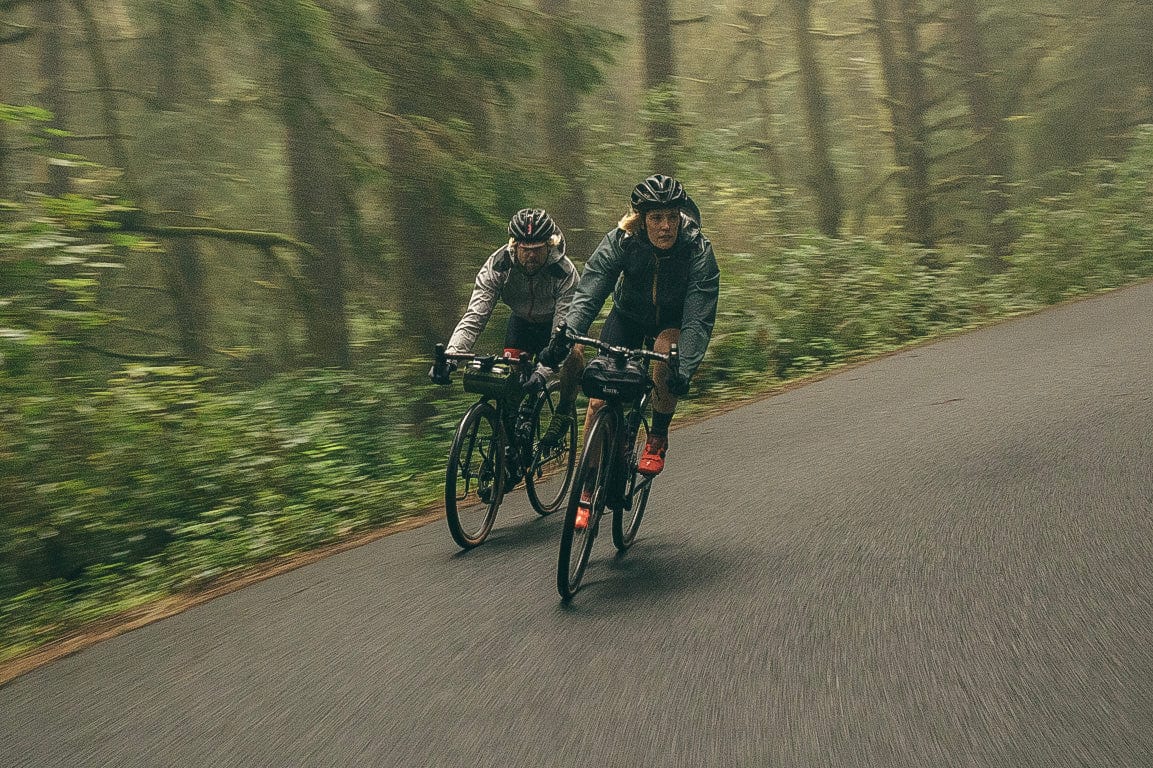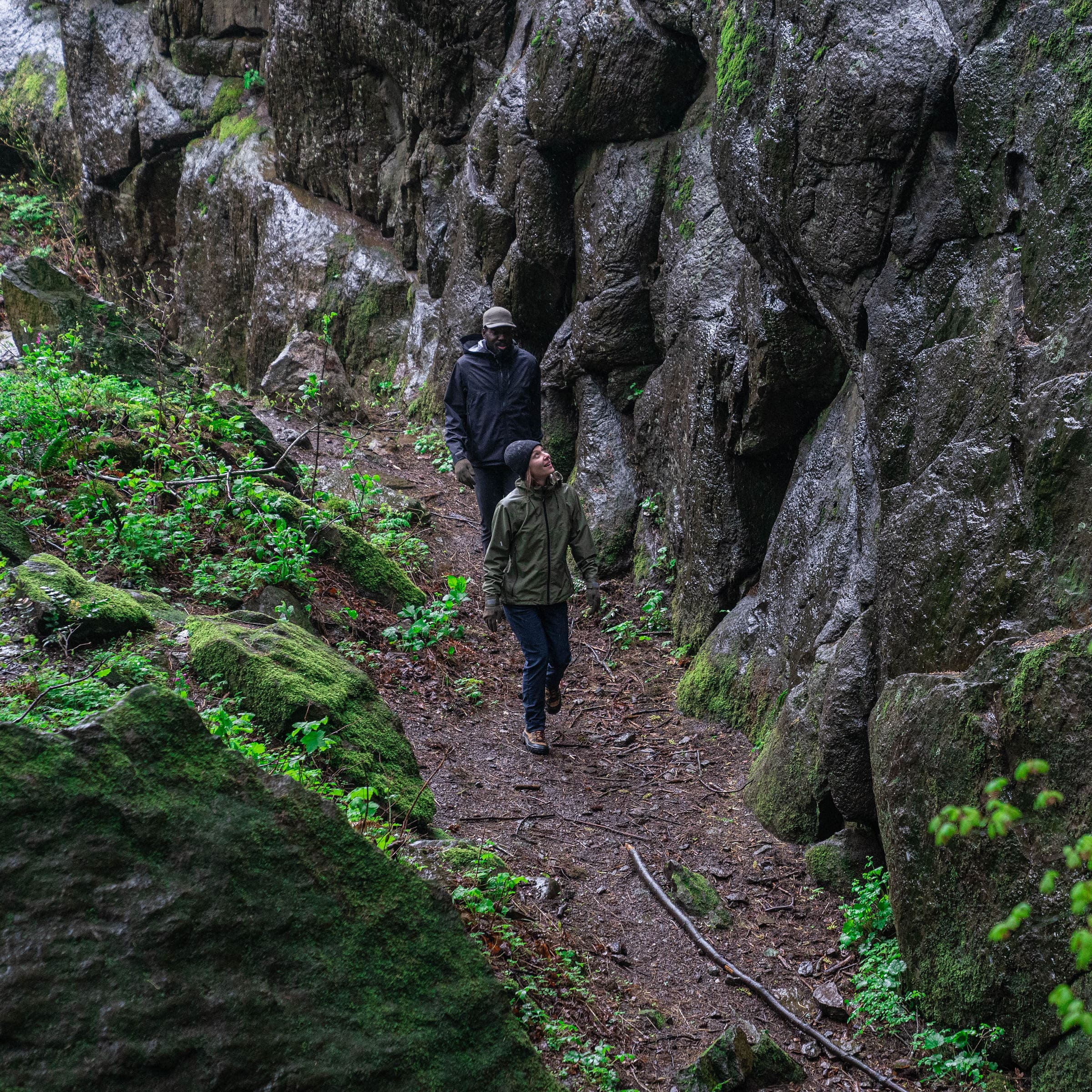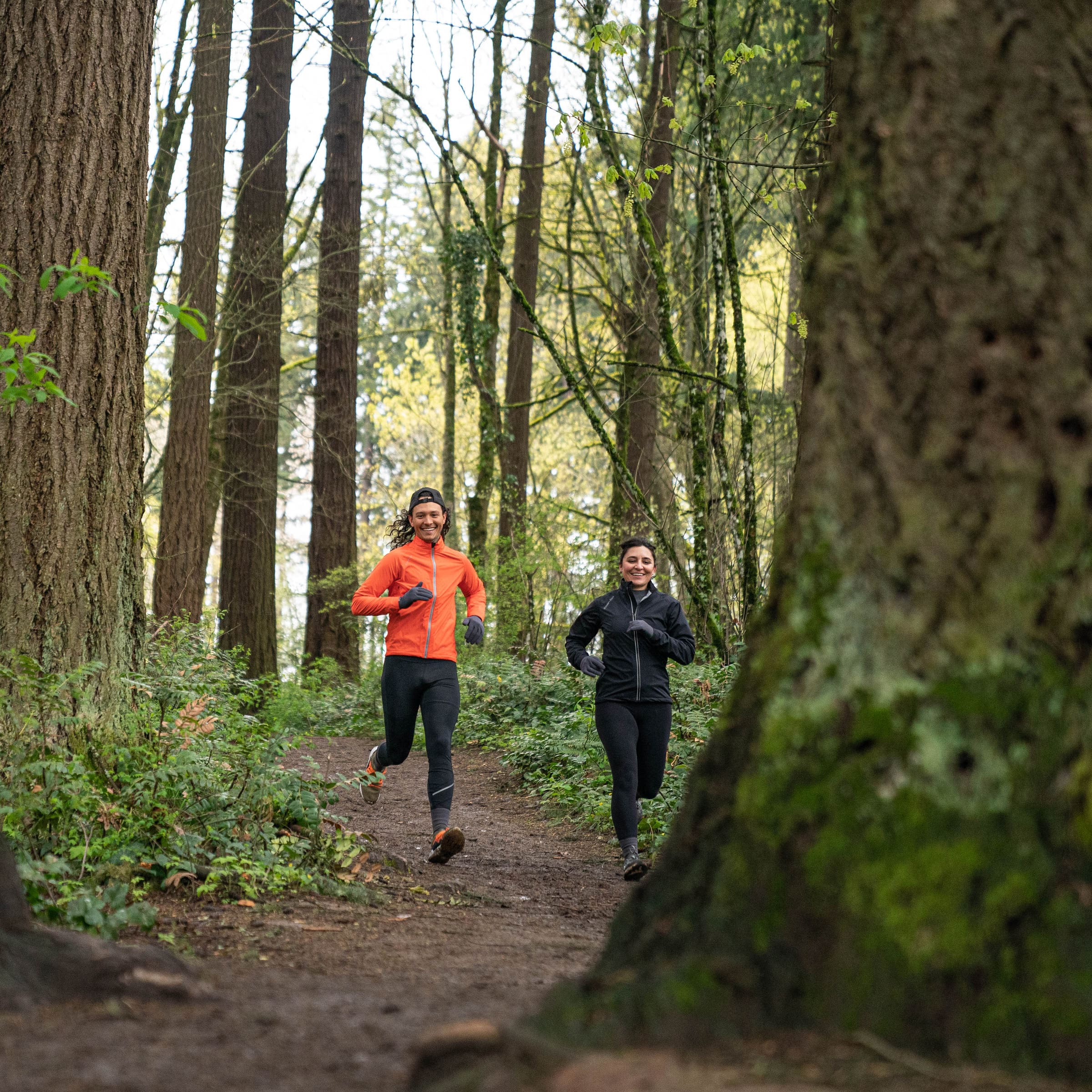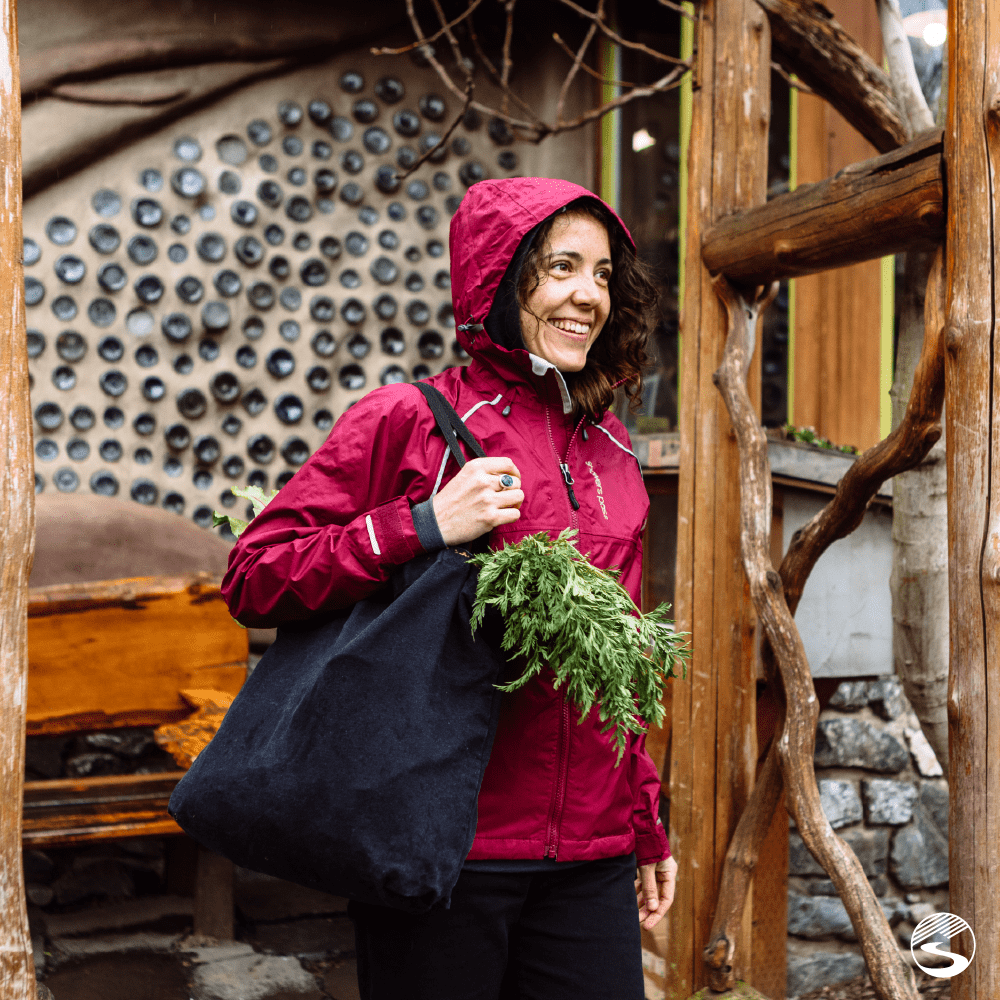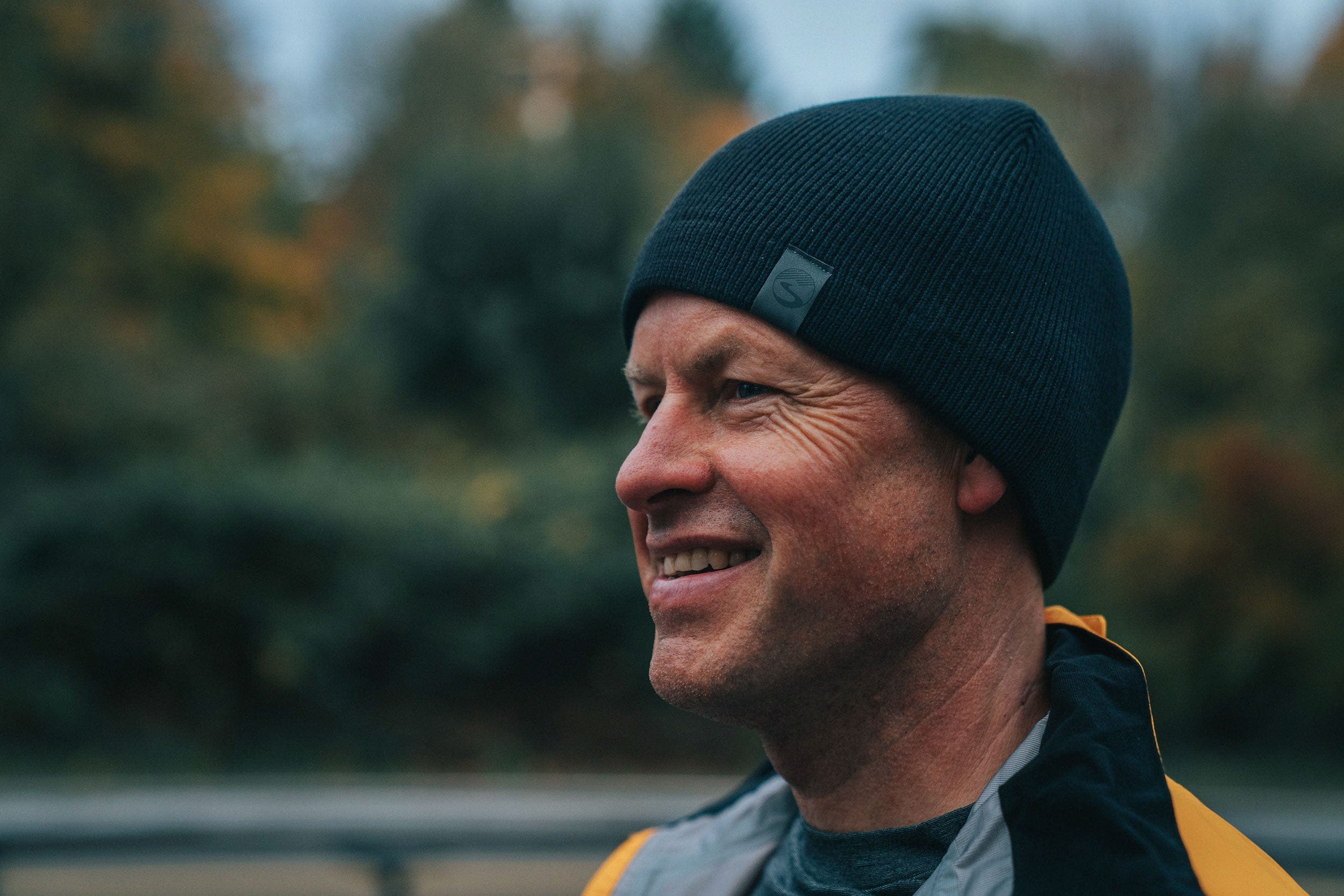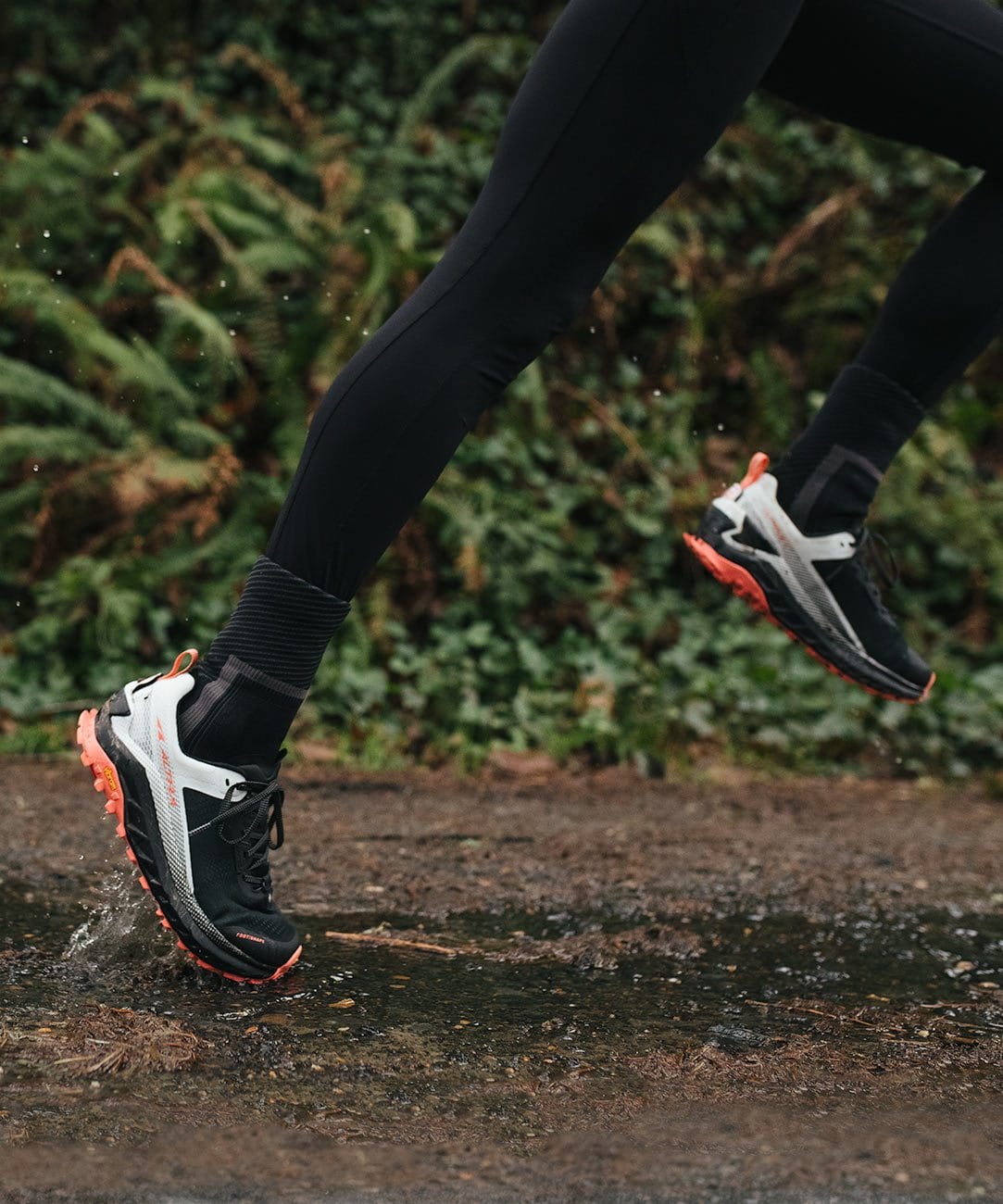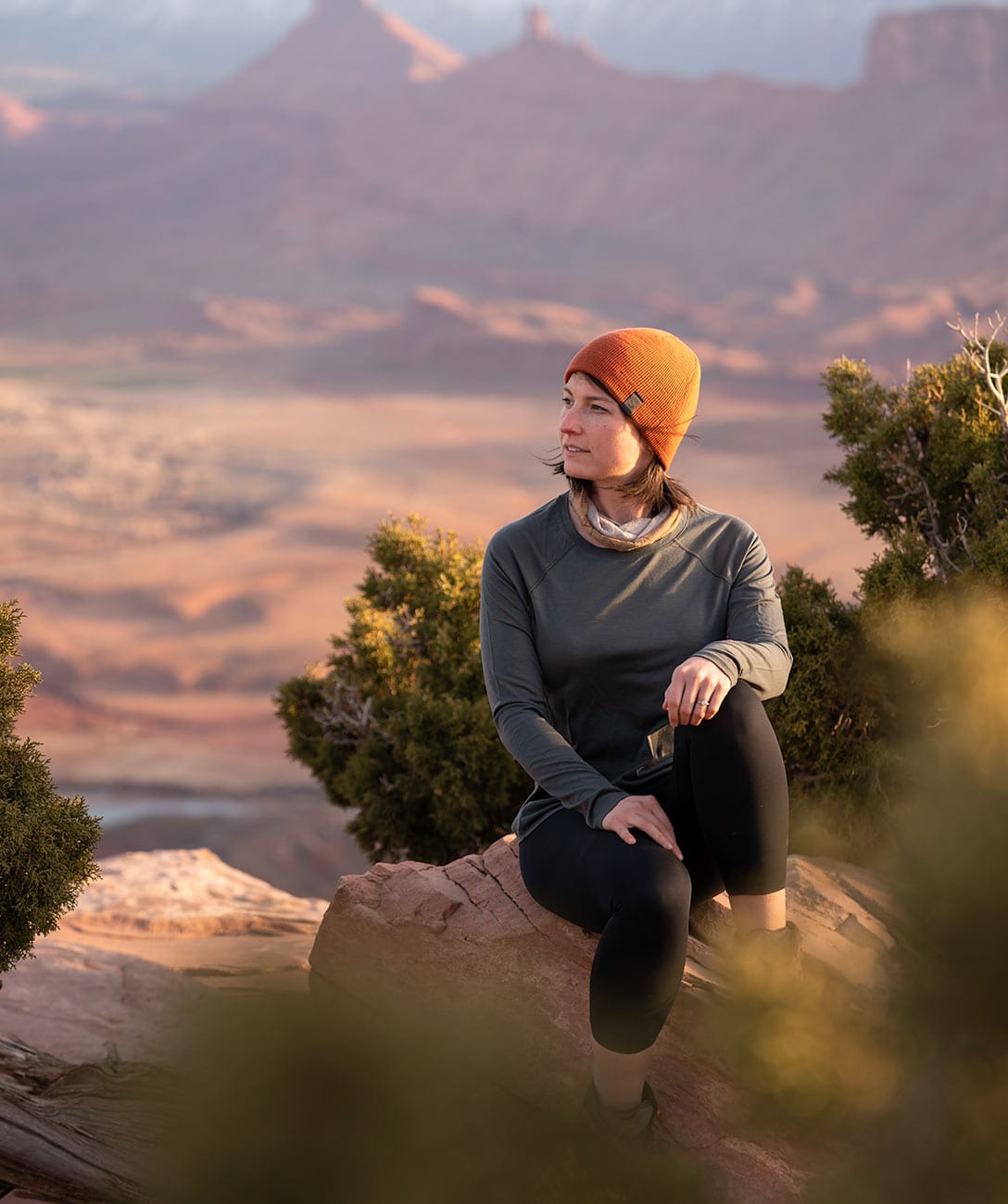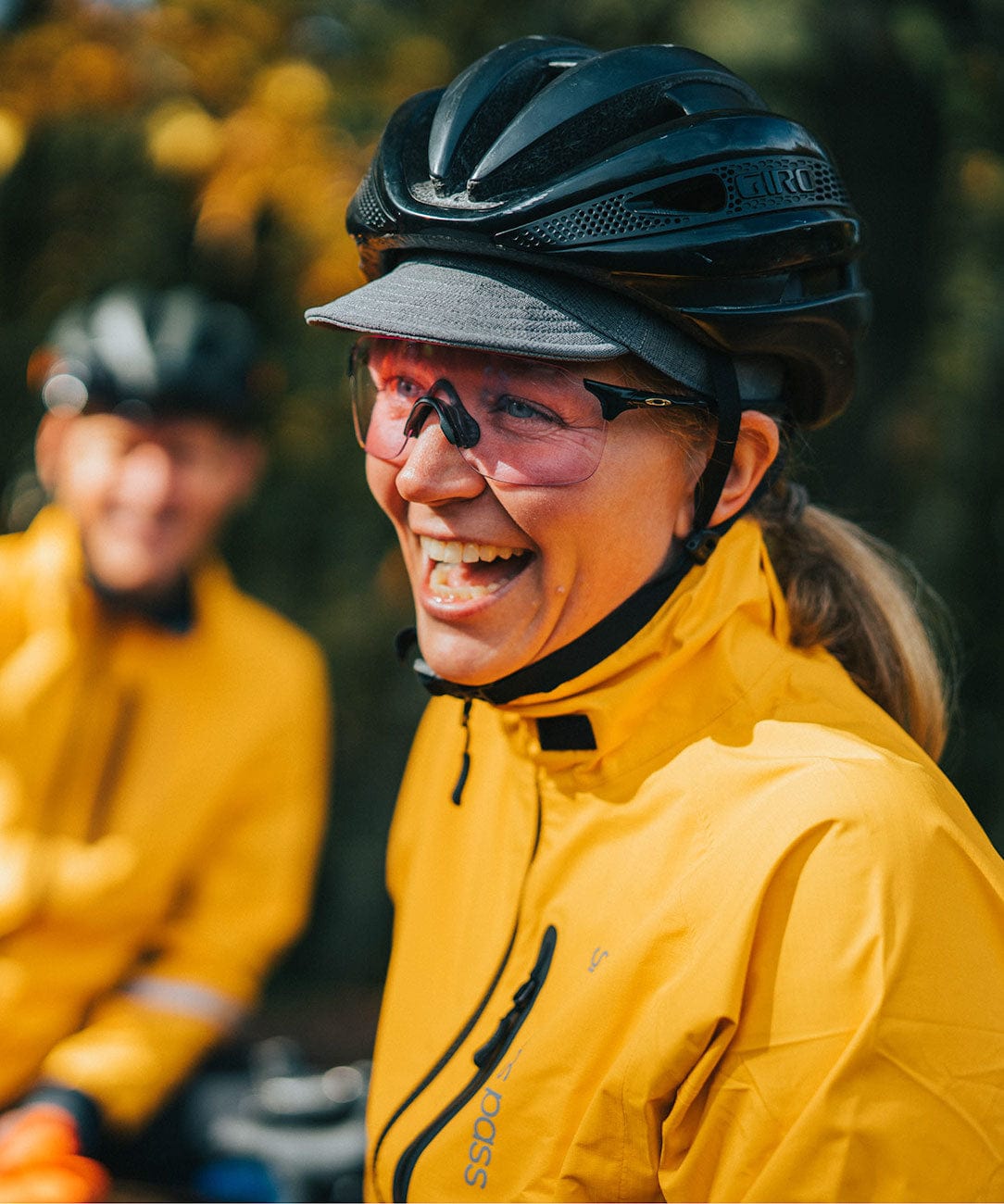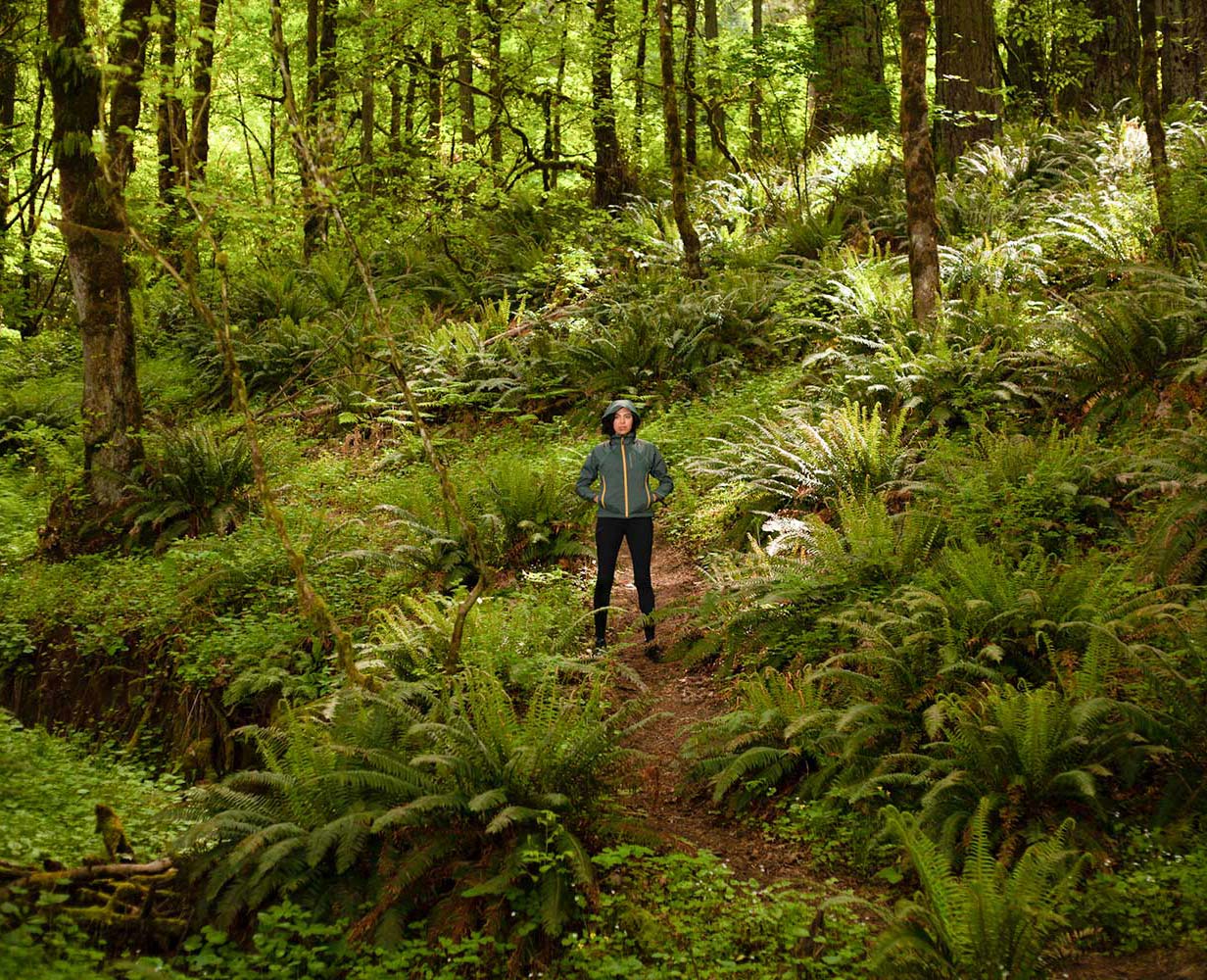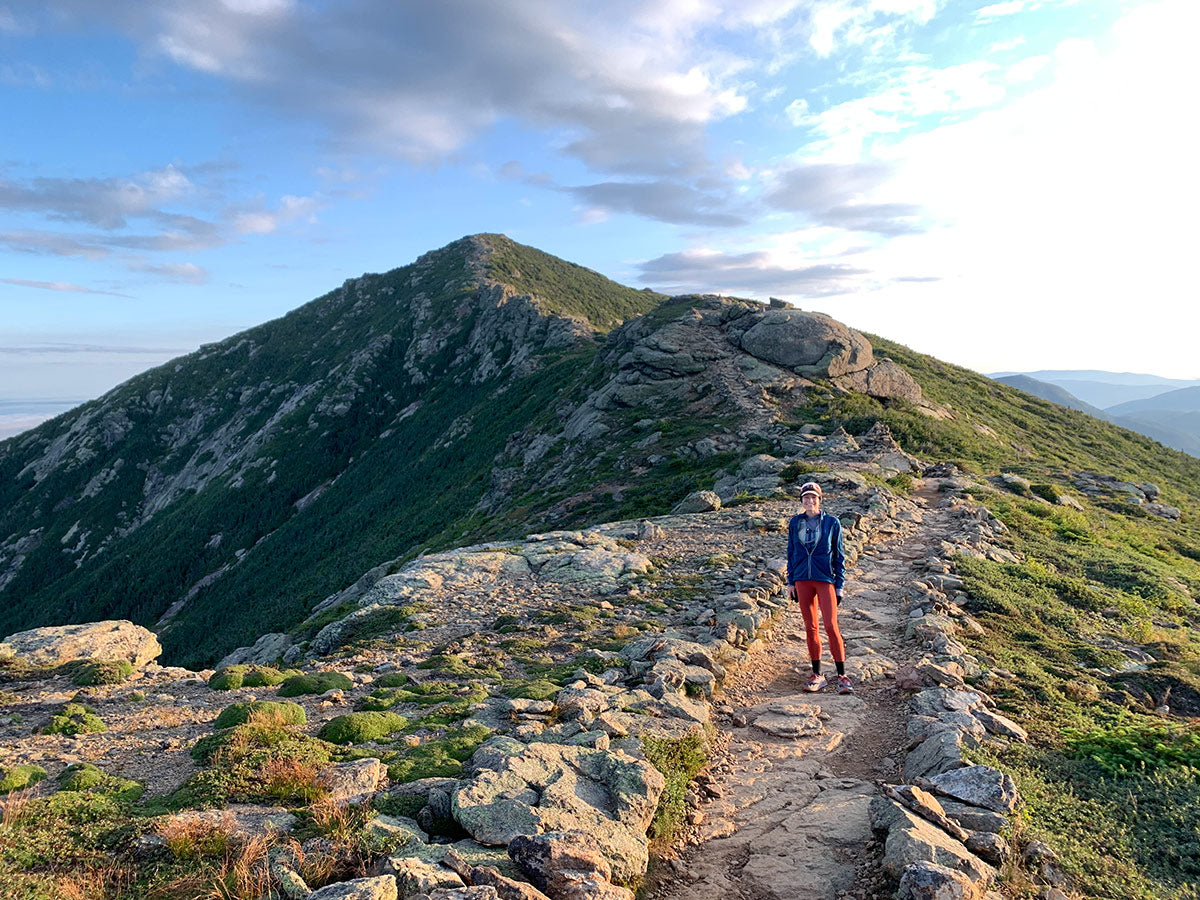In the summer of 2020 I packed up my little Honda Fit, drove across the country, and embarked on a journey by foot all the way from Georgia to Maine on the Appalachian Trail. The AT is the longest hiking-only trail in the world at 2,193 miles. It follows the spine of the Appalachian mountain range through 14 states. While the terrain varies wildly throughout, it’s an understatement to say that it is rugged, with plenty of rocks, roots, and ungraded climbs and descents, with a total elevation gain of approximately 515,000 feet.
My approach in thru-hiking the entire Appalachian Trail was not a typical one. Coming from a road racing background, I was intrigued by the idea of running and hiking the trail, seeing just how far I could go every day, and challenging myself to set a “fastest known time” (FKT) on the trail.
The AT is often referred to as the “Green Tunnel” because it’s enclosed by tree cover most of the way. That may be why the majestic, exposed alpine sections of New Hampshire and Maine, with the potential for extreme weather conditions, can come as a surprise to those not familiar with the trail. And despite the reputation the southern region of the trail has for its hot, sticky, summer days, it’s crucial to pack protective layers for the inevitable wet weather and cool conditions up high in the mountains. Prior to the journey, I received a preproduction sample Cloudburst Jacket from Showers Pass. Already a fan of their gear (I had worn the Spring Classic Jacket for the historically cold and wet 2019 Hellgate 100K), I was eager to put the Cloudburst Jacket to the test on the AT.

My approach in thru-hiking the entire Appalachian Trail was not a typical one. Coming from a road racing background, I was intrigued by the idea of running and hiking the trail, seeing just how far I could go every day, and challenging myself to set a “fastest known time” (FKT) on the trail. I had a one-person support crew, Warren Doyle, who met me at most road crossings along the way in his Ford Windstar minivan with food, water, and supplies, allowing me to travel swiftly and lightly. For me, it was an intense and intimate way of experiencing the trail in its entirety. Most days I was on the trail by 4:00am, sometimes even earlier, and there were many days in which I ran and hiked all the way until midnight. It wasn’t so much about being fast, despite the nature of being an FKT attempt–my pace was rarely above three miles per hour given the terrain and some of the injuries I worked through–but more about having a fully immersive experience with the simple daily task of moving forward.
In hiking the trail for up to 21 hours a day, with no days off, it was crucial to be prepared for almost any weather condition. With an early July start, heat and humidity would be the biggest obstacles down south, in addition to frequent thunderstorms with heavy rain and lightning. The main challenge with the humidity, rain, and my own sweat, was keeping my feet dry. On the first day alone, I swapped out my wet shoes and socks midday and had already begun to develop blisters on my toes. The toe bandages Warren had packed in our first aid kit were put to immediate use, and would be a staple item through the rest of the journey.

Taking care of my feet would continue to be a challenge. While I had packed shoes a half size up in anticipation that my feet would swell, I didn’t predict just how much my feet would grow due to inflammation. I also learned how crucial it was to have lots of room for my toes to splay out, and how important it was to have a protective upper layer with consideration to all of the rocks and roots on the trail. I ended up not even using most of the shoes I had packed, instead, recruiting family members and friends to deliver shoes of entirely different brands and models in a full size up and in a “wide” width.
As for the thunderstorms, it was warm enough that I could get away with throwing on the Cloudburst Jacket over my typical shorts and sports bra ensemble and continue on my merry way, no worse for wear. In fact, I looked forward to the late afternoon thunderstorms as a way to cool off toward the end of a hot, sticky day. The booming thunder was frightening enough to make me scream like a little girl, and I often found myself dashing over mountain ridges as quickly as possible from fear of being struck by lightning. What impressed me the most about the Cloudburst Jacket was how it not only staved off the heavy rains from fully penetrating the 3-layer elite AIR fabric; but how soft the 4-way stretch material felt right up against my skin. It effectively brushed my sweat away, without feeling sticky or uncomfortable. In my exciting and sometimes heart palpitating ridgetop sprints, I felt complete freedom of movement with zero restrictions.
Typically once a storm passed over, raindrops would continue to fall from the green canopy of leaves above for quite some time. The jacket was effective in keeping me warm through those continuous wet conditions, and I was always impressed by how quickly it dried out.
My first extreme weather challenge began just after I crossed the state line from Pennsylvania into New Jersey. Tropical Storm Isaias had been ripping its way up the east coast and I was directly in its path. The rain began as a pitter patter then rapidly turned into a downpour. Beyond that, I’m having trouble finding an adequate way to describe just how much the heavens opened up that day. I put on just about every water-resistant layer I had including my jacket, poncho, and a large anorak lent to me by Warren, and yet I was soaked in under a minute. It was akin to going for a swim!
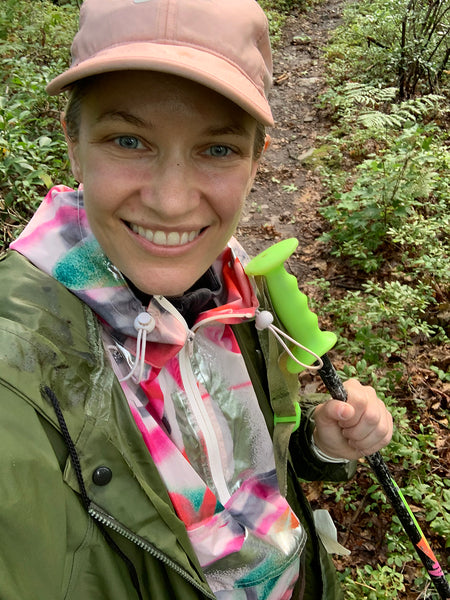
As I hiked up and up into the forest from Delaware Water Gap, the trail became a rushing stream as it became immersed under three inches of water. Despite the warmer outdoor temperature, my teeth were chattering from how cold I was soaking wet. My only saving grace was the trash can liner I was donning underneath all my layers. With holes unceremoniously torn into the plastic for my neck and arms, and the bottom opening tucked into my waistband, it wasn’t glamorous, but it succeeded in keeping my core warm and dry-ish. After several hours of splashing along the trail, hearing the occasional snap and crackle of a tree falling down, and even spotting a mother bear and her cubs running across the trail likely seeking shelter, the storm finally passed. Under a blue sky and shining sun, with the tropical storm looming in the distance, I trotted over picturesque Kittatinny Mountain ridge in New Jersey and was treated to sweeping views of the valley down below. I shed all my outer shells, save for my Cloudburst Jacket which breathed well, kept me warm, and dried out in no time.
Stay tuned for part II of this story.
